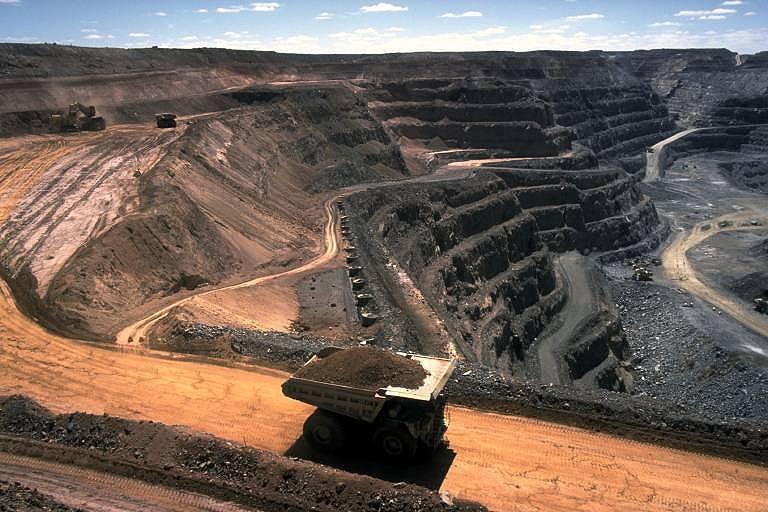Hi all! This is my very first blog. If you know anything about mining, then you will be bored to tears here. Please don’t read it. Wait for a more thought-provoking blog. Really. I’ll let you know on LinkedIn when it’s safe to come back. I’m taking baby steps for my many contacts who are not acquainted with the mining world.
I was tempted to write my initial blog as Tailings 101, but I thought I’d go even more fundamental. First of all, they say, “if it can’t be grown, it has to be mined”. Think about that for a while. Everything from concrete, to asphalt to diamonds and rare elements require mining. Even the glass in your windshield require mining. And the aluminum can that your soft drink came in. Yes, some of it is recycled.
In its most basic level, mining is the extraction of a needed resource from the earth. It may be organic, like coal, or non-organic, like copper, which carries a lot of the electricity most of us need in our homes and elsewhere.
A couple of years ago, I was attending a mining conference. A group of us hailed a cab, and the driver asked us what we had been doing. I told him that we were attending a conference for mining. He paused and said that he didn’t even know that there was still mining. I calmly asked him where he thought the steel, molybdenum and aluminum came from for his car. The copper wiring for his alternator. The glass in his windshield. The various metals in his smart phone. He had no response.
Currently, the mining of many materials our society needs in order to function as we do has been granted a “social license” to operate. Someday, some of that may change, but that day is currently very difficult to imagine.
There are two kinds of mines: a surface mine and an underground mine. That seems pretty simple. Of those two types of mining, there are several subsets. For now, I’ll not go into the details. The decision of whether you use surface or underground mining methods largely is derived from economic considerations. For example, ores that are mineralized in veins are commonly mined using underground methods, which reduces the amount of non-ore material (i.e., waste rock and overburden) that requires mining. Waste rock is material that cannot be processed economically. Overburden is a term that is generally applied to the uneconomic earthen material that overlies an orebody that is mined by surface mining methods. The overburden and/or waste rock are stored on their own facilities, or combined with other facilities.
In addition to the mine itself, there are often processing facilities. For hard rock (non-coal) mines, that mine metals (for example, gold, silver, copper, molybdenum, and cobalt), the process facility will crush the ore an pulverize it in a mill. From there, the metal(s) are usually chemically extracted from the ore. I say “usually”, because gravity separation can be another way to separate the metal from the ore. Once the metals are extracted, the leftover material is a waste product that is called tailings. The pulverizing is usually accomplished using water, and thus the tailings are usually a mud-like material that is often called a slurry. The slurry is sometimes pumped to a surface storage facility called a tailings facility. Much more on that in another blog.
The slurry can be thickened by removing some of the water using several different technologies. It can be thickened to a toothpaste-like consistency, which is called paste tailings. In some cases, this paste tailings can be combined with cement or other additives, and pumped into the underground mine, which can fill the mined-out areas, and help to stabilize portions of the mine.
The slurry can also be dewatered using filtering technology (which will be the subject of a future blog), where the resulting “filter cake” may have the consistency of wet coffee grounds from a filtered coffee maker, or, depending on the clay content, maybe like the modeling clay we played with when we were in elementary school.
The other main feature that may be at a mine is a heap leach facility. A heap leach facility is a way of processing lower-grade ore that could not profitably processed by milling. A heap leach facility is essentially low-grade ore that is piled on an engineered surface that has low permeability material as its lower component which is overlain by a drainage layer. Chemicals are distributed through the pile, liberating the metals into solution. The enriched solution is collected from the drainage layer for processing. Heap leaching will be the subject of a future blog.


